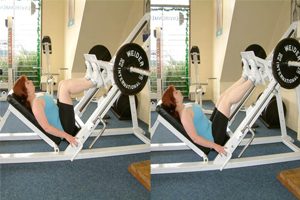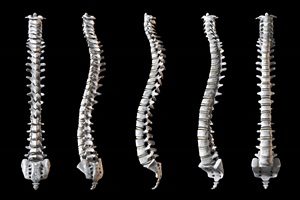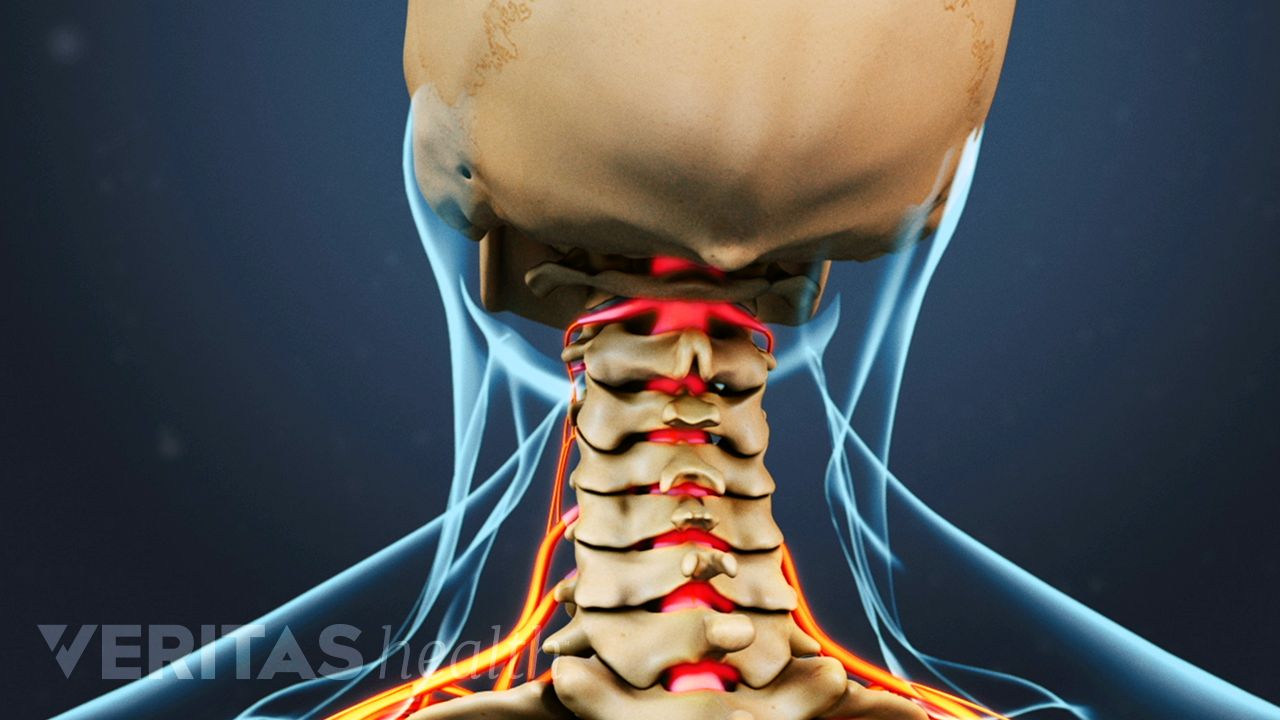Bursitis Causes and Treatment Options

Bodily movement is assisted by over 150 fluid-filled sacs called bursae. Bursae help to cushion your bones, ligaments, and tendons as they move against each other. When in good health these bursae ensure that your joins have a full range of motion. However, these sacs can become swollen and irritated, creating a condition known as bursitis.
The most common cause of bursitis is overuse of the joint. Repetitive movements can irritate the bursae, leading to pain, swelling, and tenderness. Common movements that may lead to bursitis are extensive kneeling (scrubbing the floor or laying carpet, for example), lifting heavy objects (lifting a bag of groceries into the car), and athletic injuries (an aggressive tennis swing). These movements cause the sac to fill with fluids. The resulting swelling puts pressure on the tissue around the sac, causing pain and tenderness.
Other less-common causes of bursitis include gout and infection. Gout crystals can form in the elbow, causing pain and inflammation. Bursae in the knee and elbow lie just below the skin. This leaves them vulnerable to puncture injuries, which can lead to infection.
People become more susceptible to bursitis as they age. Because the shoulder is the most used joint in the body, it is the place where it is most likely to be felt. People over the age of 65 should be especially cautious when carrying out activities that put stress on the shoulder joint.
Treating bursitis begins with conservative measures. Because bursitis due to injury and repetitive movement often goes away on its own, these treatments focus on relieving pain and making the sufferer more comfortable. Treatments for this situation include ice packs, rest, and over the counter anti-inflammatory pain relievers (such as Aleve or Advil).
In more severe cases, a physician may inject a corticosteroid into the inflamed sac. He or she may also use a needle to draw fluid out of the bursae, relieving pressure and quickly reducing pain. In very rare cases of persistent bursitis, surgical intervention may be necessary to remove the problematic bursa.
Part of bursitis treatment is giving the body enough rest to heal the inflamed bursae. Patients should be careful not to overuse the affected area. Immobilization is best, as is getting plenty of rest. After the swelling and pain have receded, patients should be careful in how they treat the problematic area to reduce the chances of the problem recurring.
Bursitis can be painful, but for most people the discomfort will fade with time and rest. If the pain lasts for more than a week or two, or if it becomes so intense that you cannot carry out your daily activities, consult with your doctor.








